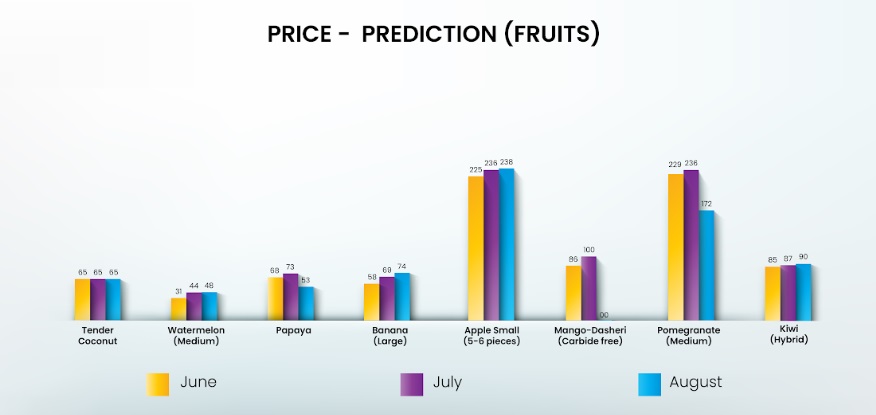Cybercrime refers to criminal offences committed against individuals, businesses, governments, or other organizations using digital technologies, including computers, mobile devices, and the Internet, as a means or target for the commission of the offence. This encompasses a range of criminal activities, including phishing, which is a type of cyber-enabled fraud that involves the use of social engineering tactics, such as fraudulent emails, websites, and other digital platforms, to deceive individuals into divulging sensitive personal data, such as authentication credentials, financial information, or other confidential details. Phishing is a common technique used in cybercrime to gain unauthorized access, use, disclosure, disruption, modification, or destruction of computer systems, networks, or electronic data, ultimately leading to malicious purposes, including identity theft, financial fraud, and other forms of cybercrime.
Jinendra Khobare, Solution Architect, Sensfrx, Secure Layer7
Phishing is a rapidly growing internet crime, with a reported 65% increase in phishing attacks in 2020 compared to the previous year. To combat phishing, it is essential to employ advanced security measures that combine user education and awareness with technical controls, such as multi-factor authentication and web filtering, to prevent financial losses and protect sensitive user data from being compromised.
A more targeted and sophisticated form of phishing is spear phishing, which focuses on specific individuals or groups, often because they have access to valuable information or resources. In spear phishing attacks, the attacker typically researches the targets personal and professional relationships, interests, and online behavior to craft a convincing and personalized message. Once the attacker gains access to the targets system, they may use the victims contact lists to launch further attacks on friends, family, co-workers, and business contacts, creating a ripple effect of compromise and data breaches. By understanding the differences between phishing and spear phishing, individuals and organizations can better prepare themselves to detect and respond to these types of threats. For example, once a victim’s social networking account has been compromised, attackers can use the victim’s account to communicate with the victim’s social network. Attackers do not limit themselves to attacking their target’s corporate accounts and will seek to compromise the personal systems of Information Workers knowing that these systems often have remote access to corporate assets.
Anti-Phishing Measures
To combat the escalating threat of phishing, various countermeasures have been developed by the Anti-Phishing Working Group (APWG). The Anti-Phishing Working Group (APWG) is a global coalition of industry, law enforcement, and government agencies working together to combat phishing and other forms of cybercrime through information sharing, research, and advocacy. APWG aggregates phishing reports and shares intelligence with its members. Advanced security tools, such as browser extensions and built-in features, aid in detecting phishing attempts.
Internet search engines and web browsers play a crucial role in identifying and mitigating phishing sites. By continuously indexing billions of web pages and allowing users to report suspicious sites, they help protect users from malicious URLs and IP addresses. Users are warned when attempting to access known phishing websites, thanks to integrated and regularly updated blocklists
Advanced Techniques in Phishing Detection
Researchers have explored advanced techniques to enhance phishing detection, including the combination of weak classifiers, ensemble-based classifiers, and machine learning algorithms. These approaches have shown promising results, with some studies achieving detection rates of up to 95% as reported by S. Rao and his team in their paper “Phishing Detection using Machine Learning” in 2020 and reducing false positives by up to 70% as found by A. K. Singh and his team in their paper “A Survey on Phishing Detection Techniques” in 2019.
The effectiveness of anti-phishing tools is evaluated through usability studies done by M. E Whiteman in his paper Evaluating the Effectiveness of Anti-Phishing Tools, which have revealed that these tools can reduce phishing susceptibility by up to 50%. Large-scale online learning has also been employed to identify suspicious URLs, with some systems achieving accuracy rates of up to 90% as reported by Y. Zhang and his team in their paper “Phishing URL Detection using Online Learning” in 2020. Moreover, innovative approaches such as DNS-poisoning-based phishing attack detection and multiple classifier combination have been shown to disrupt the phishing ecosystem, forcing attackers to evolve their tactics. The implications of these advancements are significant, with the potential to prevent millions of dollars in losses and protect sensitive user data from being compromised.
The Functioning of the Phishing Detector in Sensfrx: An Overview
The phishing detector in Sensfrx serves as an advanced barrier against cyber threats, specifically designed for users with limited technical expertise. It operates in real-time, examining URLs during user interactions and meticulously analyzing their structures and content for potential signs of phishing. The detector’s primary advantage is its integration with a machine learning model that continuously learns from a diverse dataset of phishing URLs. This model employs a combination of character-level and word-level CNNs to analyze URLs, utilizing techniques such as text vectorization, embedding, and convolutional neural networks to extract features and detect phishing patterns.
For users without technical proficiency, this translates into an automated protective mechanism that operates unobtrusively in the background, providing proactive protection without necessitating user intervention. The model’s dynamic learning process bolsters user confidence by offering a vigilant guard against phishing attempts. The ease of integration into existing security frameworks makes Sensfrx accessible to users without specialised knowledge, thereby providing a user-friendly interface for enhanced cybersecurity in the rapidly evolving digital world.
The machine learning model’s dynamic learning process is a key feature, instilling confidence in users by ensuring that the system remains vigilant against evolving phishing techniques. The model’s ability to adapt to new threats and learn from real-world scenarios makes it a robust and reliable companion in the ever-changing landscape of cyber threats.
Notably, the phishing detection mechanism integrated into Sensfrx is designed with user-friendliness in mind. It can be easily incorporated into existing security frameworks, making it accessible to a broad range of users, regardless of their level of cybersecurity expertise. The intuitive user interface provides a seamless experience, empowering users to effectively defend against phishing attacks without requiring specialized knowledge.
Conclusion
In conclusion, phishing is a multifaceted online threat with diverse tactics and significant implications for user security and data integrity. On the internet, malware hosting websites are more prevalent than phishing websites. Consequently, drive-by download attacks and malware distribution websites may be overlooked in a cybersecurity strategy that concentrates on phishing attack mitigation but leaves out mitigations for higher likelihood threats. Bulgaria, Ukraine, and Indonesia are among the places where there have previously been higher than usual numbers of phishing sites.
Turn on Two-Factor Authentication: Enhance security by enabling two- or multi-factor authentication to reduce phishing vulnerability.
Cybersecurity Software: Choose reputable cybersecurity software for identifying and thwarting phishing attempts.
Workers’ Education: Decrease the likelihood of falling prey to phishing by providing frequent employee training on safe data handling and recognizing phishing signs.
Take Care When Sending Emails: Be cautious of all received emails, checking for spelling errors, urgent subject lines, corporate information, and verifying trustworthiness and the existence of readily available phishing kits simplifies the process, allowing virtually anyone to launch a phish
Article by: Jinendra Khobare, Solution Architect, Sensfrx, Secure Layer7.















Reader Interactions